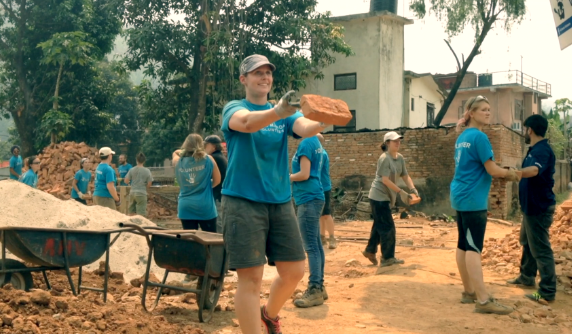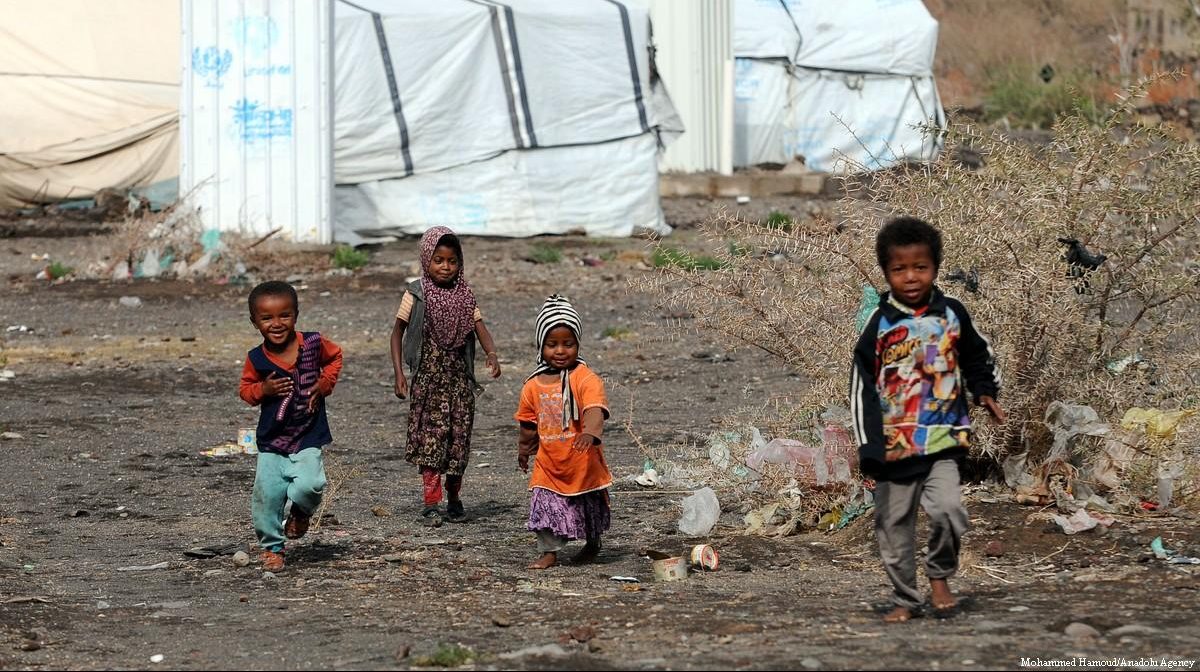
Global Recovery Fund

The Center for Disaster Philanthropy regularly monitors the evolution and status of disasters and emergencies globally. We work with our local partners and the communities on the ground to identify needs and provide support that will have the greatest impact on those affected.
The CDP Global Recovery Fund (GRF) provides donors with the opportunity to support equitable recovery from international disasters.
Investing in this fund allows CDP to deploy its expertise beyond a specific disaster, issue or geography. This allows the international grantmaking team to help organizations working on critical low-attention disasters or events that don’t fit within the scope of other CDP funds.
As with all CDP grantmaking, our focus is addressing systemic inequities through investments in recovery, resilience, preparedness and mitigation. We also concentrate on utilizing a localization approach to support community recovery and resilience.
(Photo: Children are seen in front of makeshift tents at Darwan refugee camp in Amran north of Sana’a, Yemen. by Mohammed Hamoud/Anadolu Agency; CC BY-SA 2.0)
A holistic approach to supporting long-term recovery
We support community-driven initiatives that address the root causes of vulnerabilities and help strengthen communities after disasters. In general, these include:
- Addressing systemic inequities, particularly in the face of a disaster or crisis.
- Advocating for marginalized populations and support for organizations focusing specifically on at-risk populations before, during and after a disaster through inclusive humanitarian action initiatives and systems changes.
- Strengthening capacity for local and national actors working to support community recovery and resilience and support organizations that take a localization approach.
- Support for organizations whose approach focuses on building response capacity and improving systems and infrastructure to mitigate risks to the most marginalized communities affected.
- Implementing sustainable methods of preparedness or mitigation for disasters caused by climate change.
- Providing support for mental health and trauma response, especially in complex trauma from repeated disasters.
- Optimizing food security or providing access to food when a disaster has made access difficult or cost-prohibitive.
- Supporting water conservation, strengthening operations and maintenance related to reliable water supply, and targeting community WASH programs.
- Providing economic recovery and security for those affected by a disaster.
Current priority funding areas
With an intersectional racial equity lens and an emphasis on medium- and long-term recovery, CDP experts work to identify the most critical gaps in the recovery to confidently direct financial and technical support where it is needed most and where your contribution will have the greatest impact. These are the current priority funding areas CDP has identified:
- Addressing the needs of particularly marginalized populations (i.e., older people, people with disabilities, LGBTQIA+ populations, women, etc.) through inclusive humanitarian action initiatives and programming.
- Addressing the needs of refugee and migrant populations during disasters and other humanitarian crises.
- Provide funding for research initiatives that contribute to an evidence base that supports philanthropy to increase funding for local initiatives such as survivor and community-led response (sclr) and mutual aid.
- Providing flexible funding for local organizations working on low-attention disasters or climate events that don’t fit within the scope of other CDP funding streams.
- Collaboratively funding with other CDP international funds to expand the reach of grantee partners in areas that address preparedness, mitigation and equitable recovery.
- Providing strategic funding for disaster risk reduction and climate change research or projects to address the effects of climate change on communities and set strategies to mitigate those effects.
Related reading
With support from our Global Recovery Fund, our grantee partners are helping affected communities rebuild stronger than before crisis struck.
Supporting women and girls in drought-affected areas
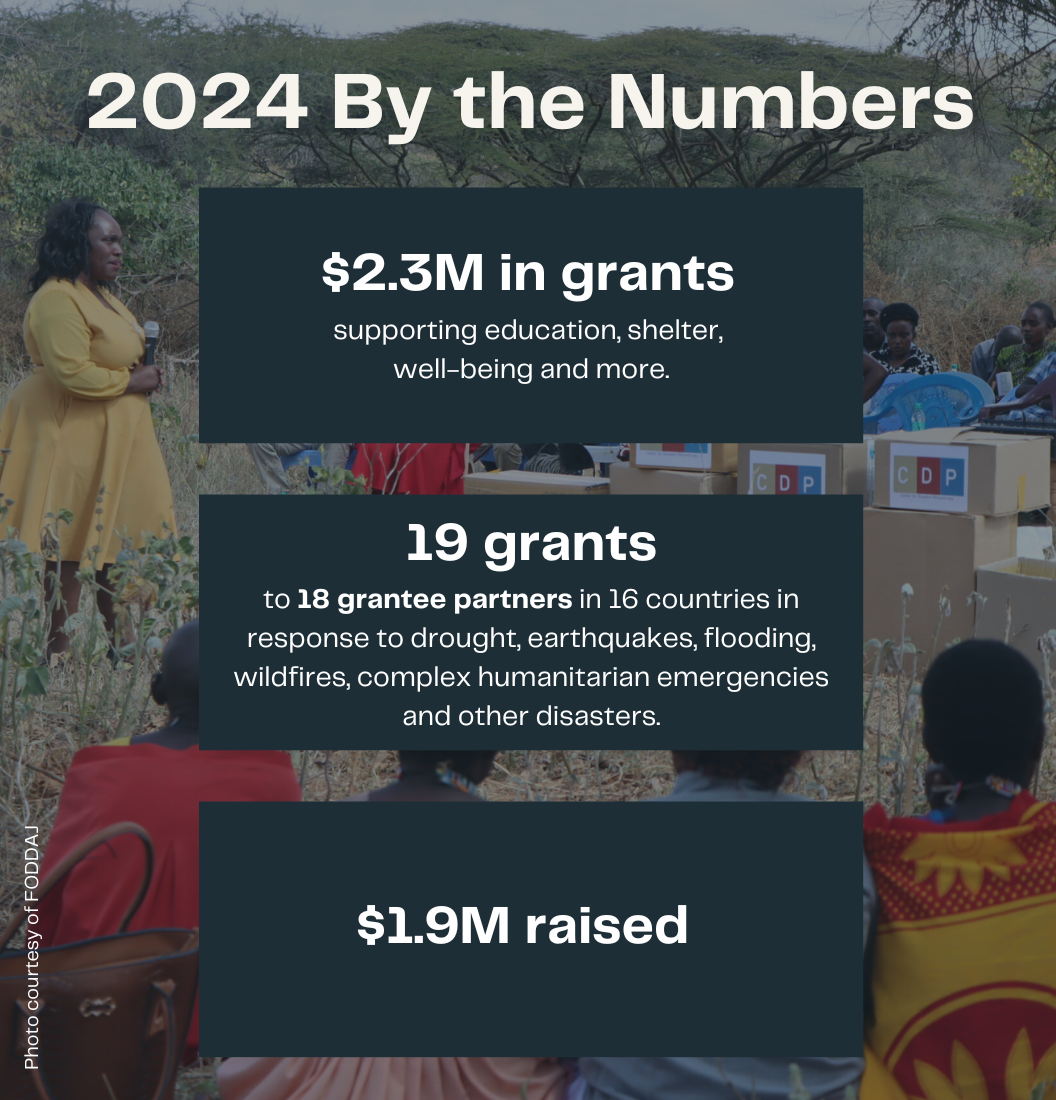
More stories
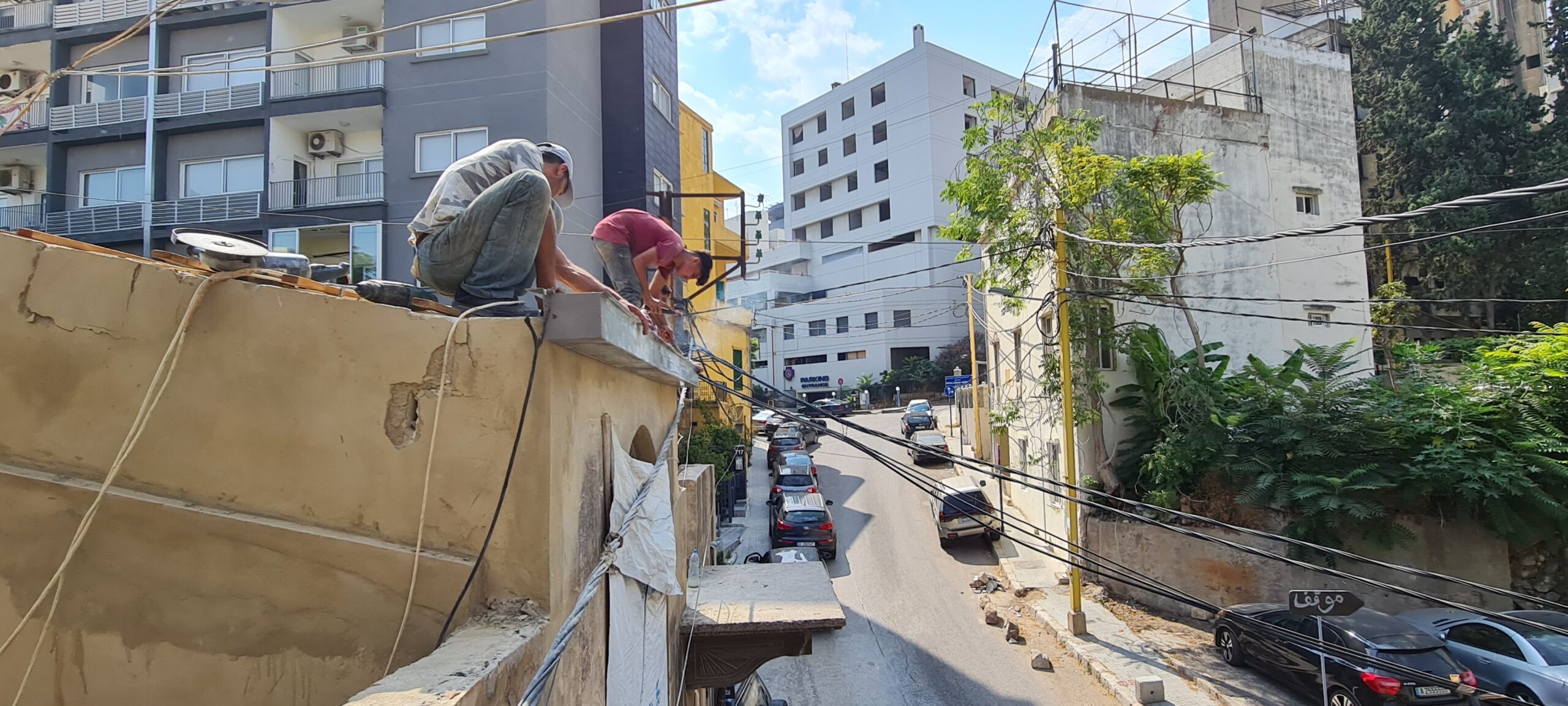
Miyamoto Global Disaster Relief
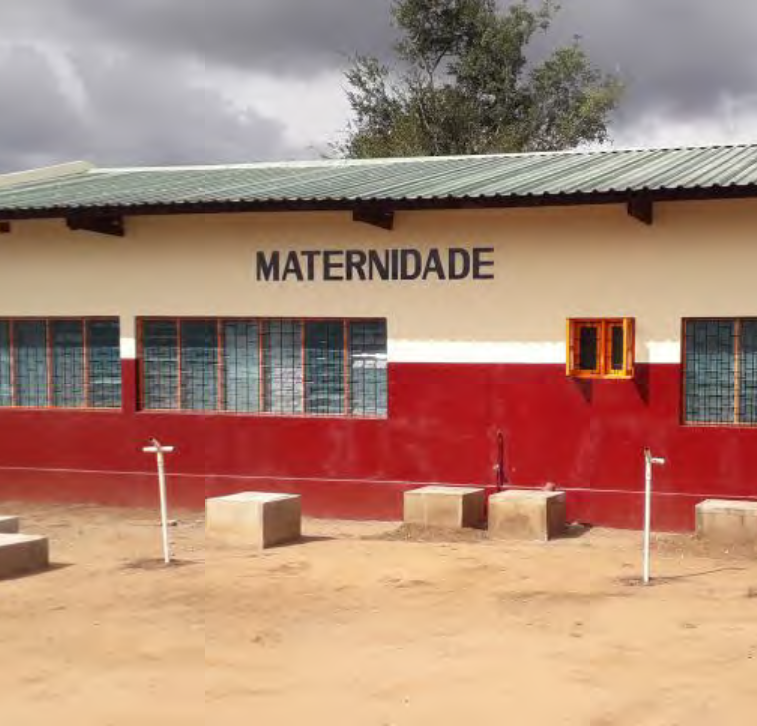
Health Alliance International
Thank you to the following donors for their generous support of the CDP Global Recovery Fund.





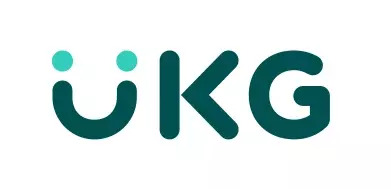

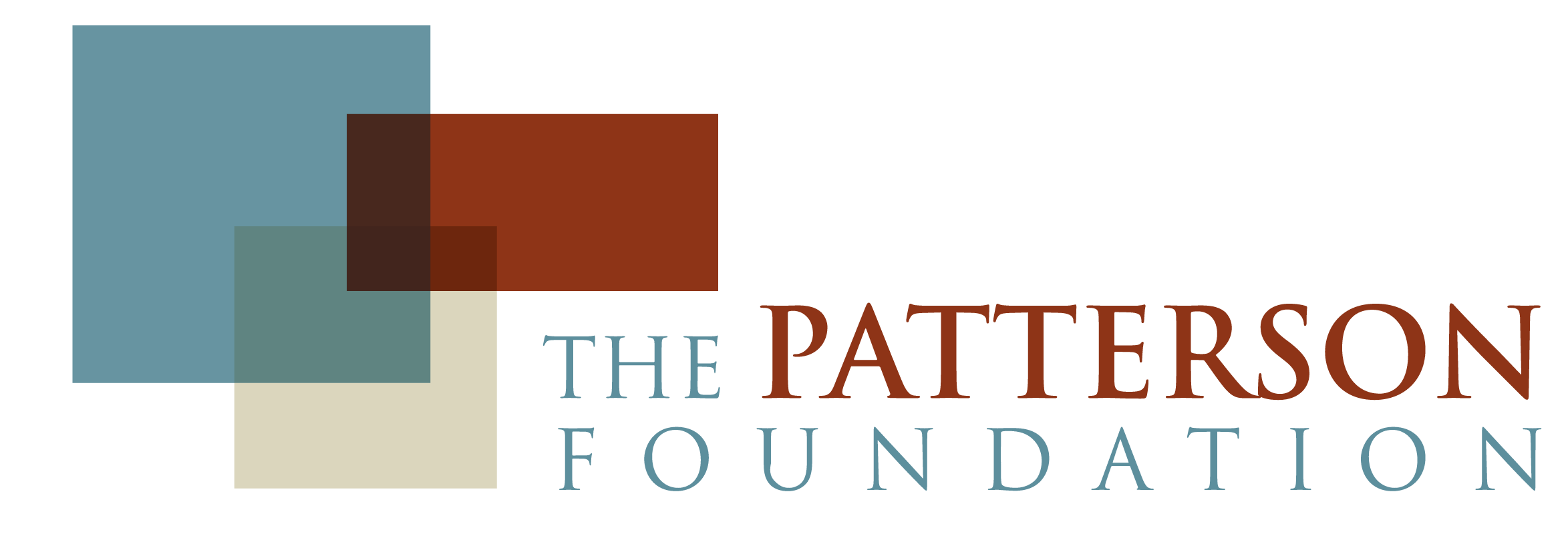

- Muniba Adil
- Amitayus Group
- Nitta-Mack Family
- Abhayendra Singh
- Violet World Foundation
- Kim Yellin and Marc Stern
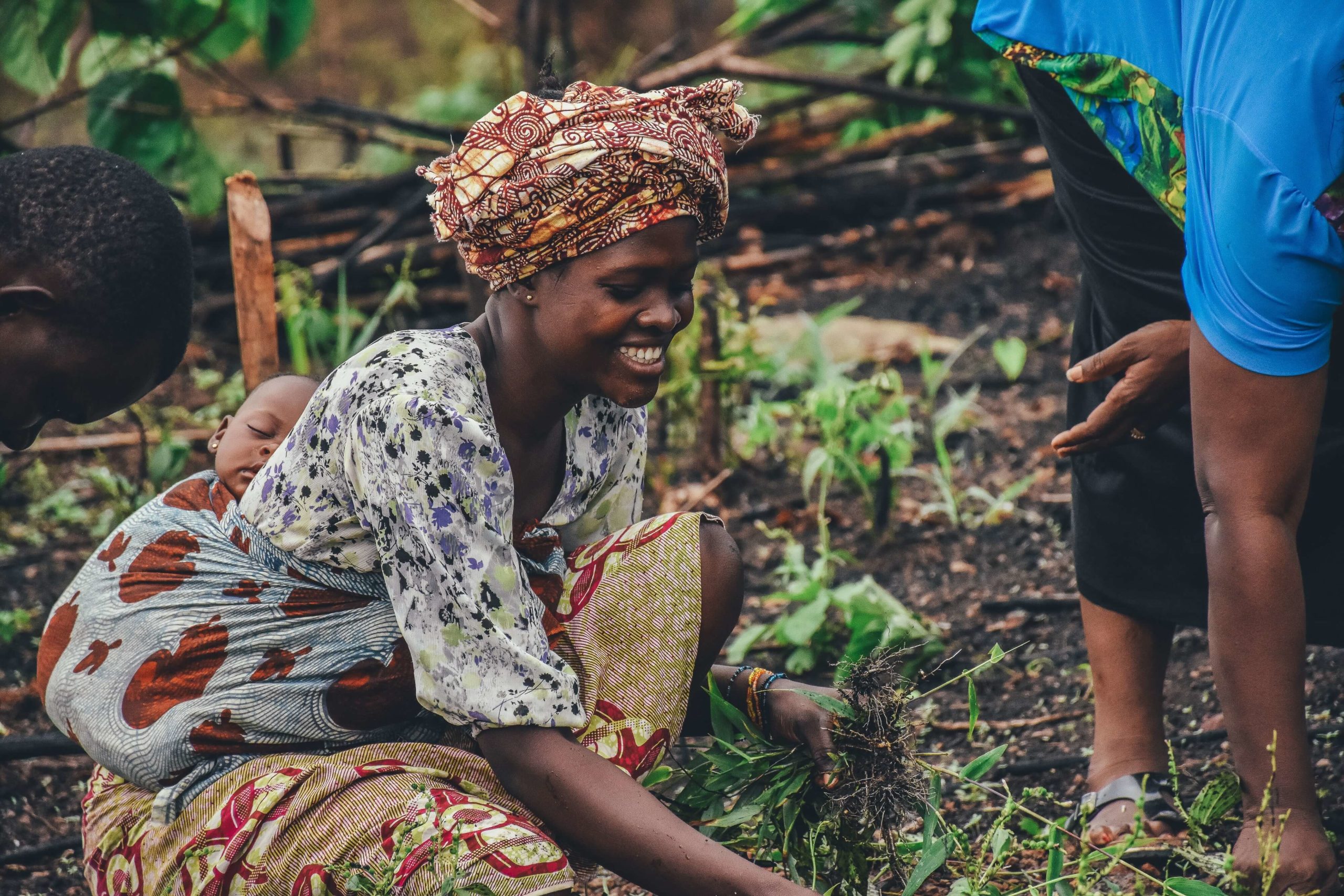
Your support has a direct and significant impact on our efforts to minimize the long-term impact of disasters and crises on communities worldwide through thoughtful, equitable and responsible recovery programs.
Connect With Us
To make a donation or learn more about the Fund, please contact our Development Team. Photo by Annie Spratt/Unsplash.
Fund updates
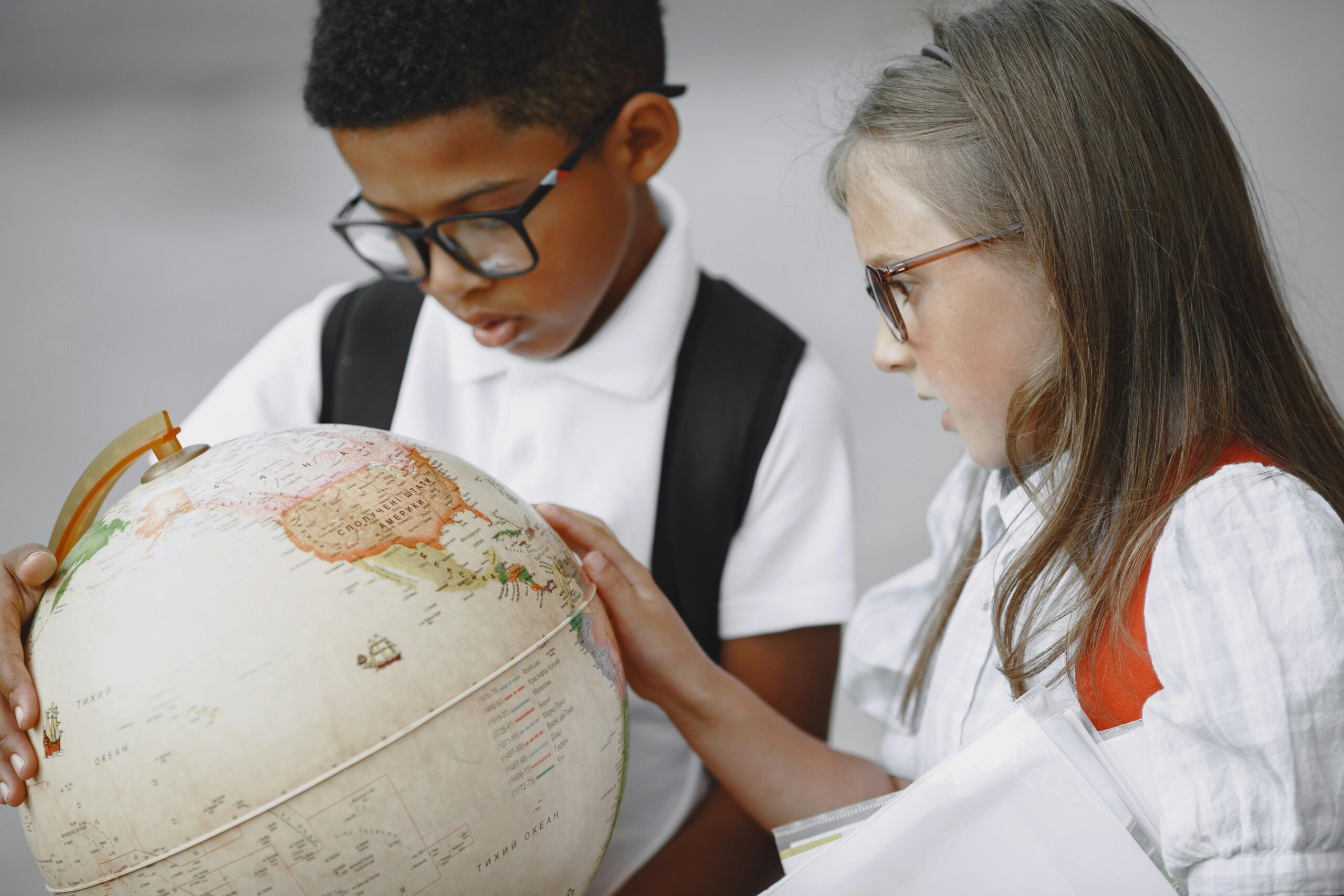
Disaster risk reduction: A vital and vastly underfunded approach for disaster philanthropy

Feminist humanitarianism: A critical approach for equitable disaster recovery
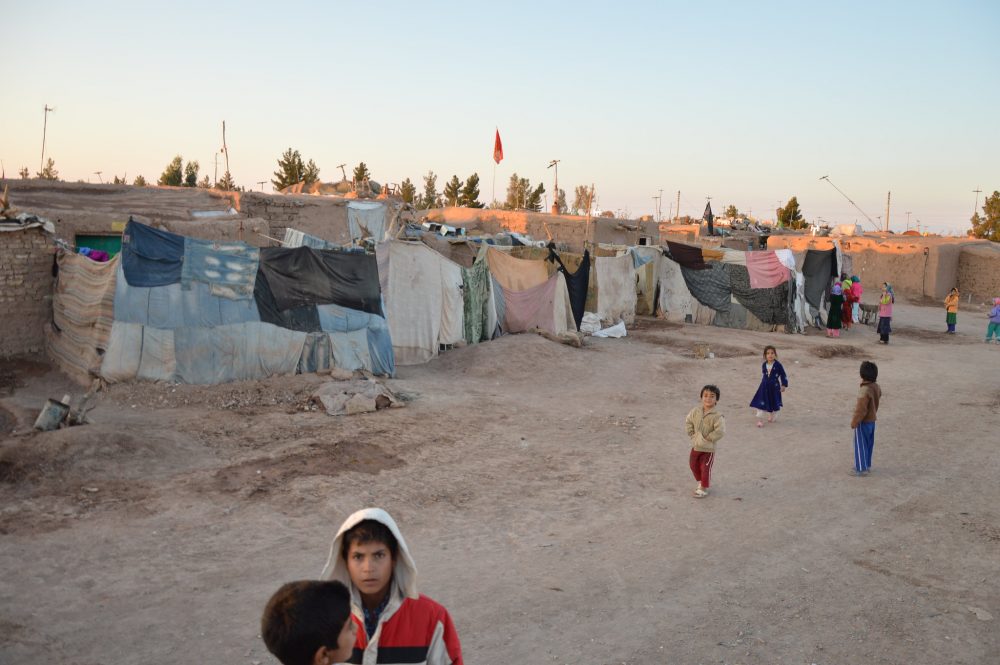
Observing International Day for the Elimination of Racial Discrimination with a call for action
Resources
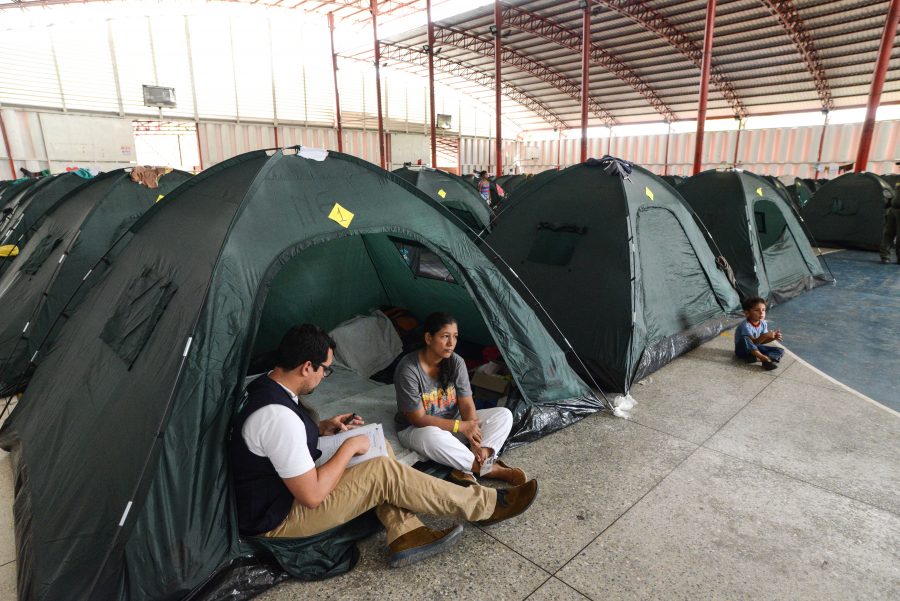
Complex Humanitarian Emergencies
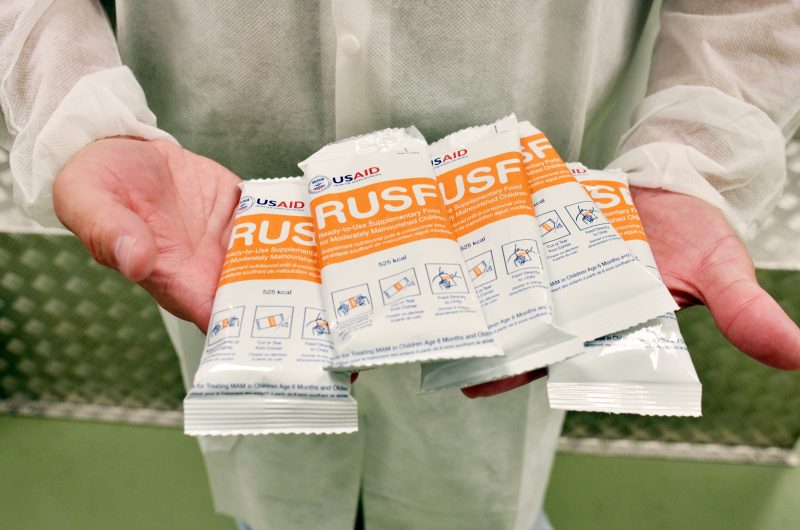
Famine
